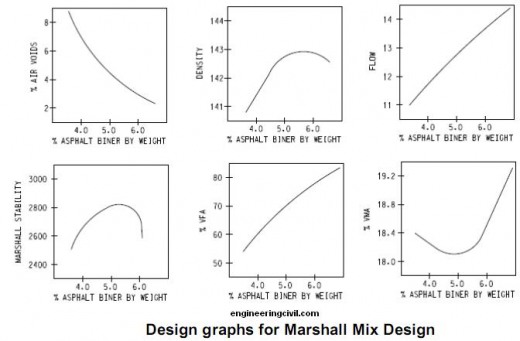The behaviour of dowel bars resembles that of piles in soils subject to lateral loads. Failure of the joint occurs by yielding of steel under bending action or by crushing of concrete due to bearing stresses.
In general, the spacing of dowel bars should not be too close which may pose problems during construction. However, it should be not too wide to allow the occurrence of bending between the dowel bars. On the other hand, regarding the length of dowel bars, it should not be too long because the induced stress at the end of long dowel bars is insignificant and is not effective in transferring loads between adjacent concrete panels. However, if the dowel bars are too short, the stress at the face of joint is increased resulting in concrete crushing. Reference is made to Ministry of Transport (1955).
This question is taken from book named – A Self Learning Manual – Mastering Different Fields of Civil Engineering Works (VC-Q-A-Method) by Vincent T. H. CHU.

